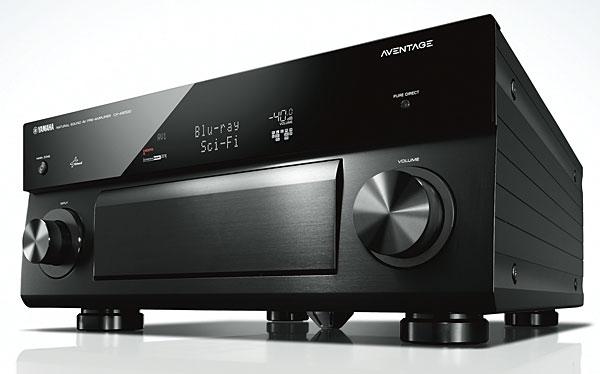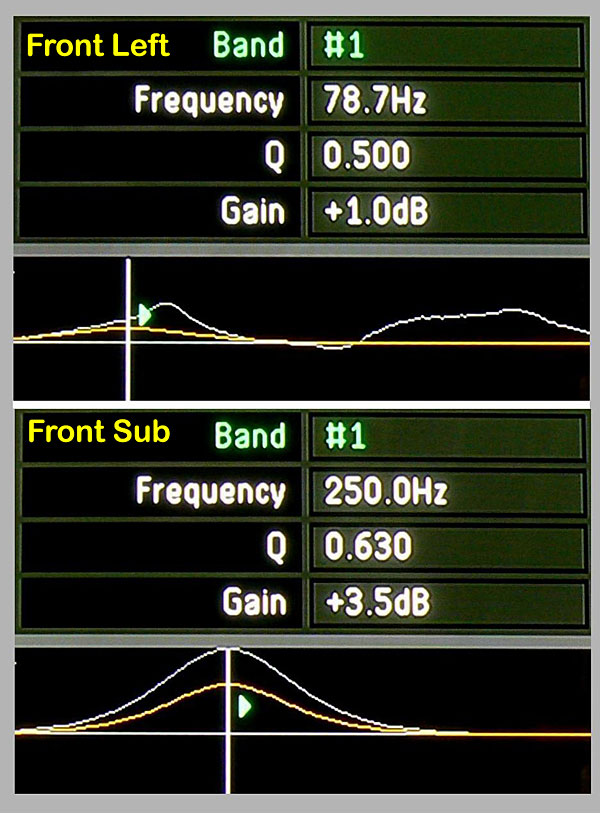| Columns Retired Columns & Blogs |
A few years back I owned a Yamaha A3000. YPAO seemed to make little difference where it counted so I measured it. Like Kal, I found some broad EQ, but nothing for the bass either in the main channels or the sub channel.
Pioneer also don't EQ the bass in their receivers.
It flabbergasted me then and still does now. Bass EQ is the one area where you can get a real difference and improvement.
So Kal, did you ask Yamaha why they have made this odd decision?
I like that they have manual EQ (albeit only to 31Hz), but so does the Emotiva UMC200 for 2.5K less.
Then of course, you have Audyssey, which EQs the bass well but insists on doing weird things to the mids and treble as well.
Mystifying.
I'm using Anthem's ARC almost by default as it seems to be the only automatic EQ system that works reasonably well on the bass and can be told to leave the rest alone.









































